Embarking on the journey of converting your bicycle into an e-bike is an exciting venture that allows for significant customization to match your unique cycling preferences and needs. A pivotal choice in this process is selecting the right motor type, which will influence your bike's performance, compatibility with your existing bike, reliability, maintenance needs, and opportunities for future upgrades. This guide aims to simplify that decision by diving deep into the two primary motor types available for e-bike conversions: hub motors and mid-drive motors.
Hub Motors Versus Mid-Drive Motors: A Comparison
|
Aspect |
Hub Motor |
Mid-Drive Motor |
|
Riding Style |
Ideal for urban commuting, casual riding, and flat terrains. |
Suited for mountain biking, off-road adventures, and hilly or varied terrains. |
|
Riding Experience |
Less than 1,000 kms of experience on a bike. |
More than 1,000kms of experience on a bike. |
|
Performance |
Offers consistent power on flat terrains with minimal impact on bike handling. |
Delivers superior performance on inclines and uneven terrain, with a more natural weight distribution and bike handling. |
|
Installation |
Easier to install, often a DIY project with basic tools. |
Typically requires professional installation due to its integration with the bike's drivetrain. |
|
Cost |
More budget-friendly, offering a cost-effective way to convert to e-biking. |
Higher initial investment but comes with advanced features and superior performance. |
|
Maintenance |
Requires less maintenance due to its simple integration with the bike's existing structure. |
Needs more frequent maintenance, especially for the drivetrain components, due to increased torque. |
|
Efficiency |
Performs well in urban settings and on consistent terrains. |
Excels in hilly terrains and leverages the bike's gears for optimal efficiency. |
|
Aesthetics |
Hub drive motors integrate discreetly with the bike's wheels, preserving its original appearance. |
Mid-drive motors are more conspicuous, altering the bike's central aesthetics and frame layout. |
|
Upgrade Potential |
Upgrades are generally limited to swapping the motor or battery for higher power or extended range. |
Offers significant upgrade flexibility, including software updates, motor power, and battery enhancements. |
|
Ideal Use Case |
Perfect for riders looking for a straightforward, low-maintenance solution for flat terrains. |
Best for cycling enthusiasts seeking optimal performance in varied or challenging terrains. |
Deep Dive into Motor Types
Hub Motors: Efficiency and Ease for Everyday Riding
Pros:
- Ease of Installation: Hub motors are generally straightforward to install, making them ideal for DIY enthusiasts.
- Affordability: They tend to be more budget-friendly, providing a cost-effective entry point into electric biking.
- Maintenance Simplicity: With fewer moving parts interacting with the bike’s drivetrain, hub motors usually require less maintenance.
Cons:
- Handling Impact: The added weight on one end of the bike can affect its balance and handling, particularly noticeable when navigating corners or during sudden stops.
- Limited Efficiency on Varied Terrain: Hub motors maintain a constant power output, which can be less efficient on hilly or challenging terrain compared to mid-drive options.
Spoke Tension Considerations:
Hub motors add weight and torque to the wheel, potentially affecting spoke tension. This may lead to increased maintenance, requiring regular checks and adjustments to ensure the wheel remains true and spokes are properly tensioned.
Deciding Between Front and Rear Hub Motors:
When choosing the optimal hub motor for your e-bike conversion, it's crucial to reflect on your typical riding conditions and what you value most in your cycling experience:
- Front Hub Motor: Perfect for riders who value ease of use and plan to navigate primarily on smooth, paved surfaces or gentle trails. This option is also appealing for budget-conscious individuals or those venturing into e-bike conversions for the first time, offering a straightforward and economical route to electrification.
- Rear Hub Motor: Tailored for cyclists seeking enhanced performance and stability, especially suitable for those who regularly encounter challenging terrains such as steep inclines or rugged off-road paths. This choice delivers improved traction and a riding sensation that closely mimics traditional biking, providing a robust solution for more demanding adventures or commutes.
Hub Motor Compatibility Considerations
- Wheel Size: Ensure that the hub motor you select matches the size of your current wheels. Hub motors are designed for specific wheel diameters (e.g., 26", 700c, etc.), and choosing the right size is crucial for a proper fit.
- Axle Type: Most hub motors are designed for standard dropouts with open-ended axles. However, bikes with thru-axles— a system that provides a sturdier wheel mounting typically found on higher-end mountain and road bikes—may have limited hub motor options. Thru-axles offer improved alignment and stability but require specific hub motor designs that can accommodate this setup. While there are hub motors available for bikes with thru-axles, the selection is indeed more limited compared to standard axle types.
- Brake Type: Compatibility with your bike's braking system is another important consideration. While many hub motors are compatible with both disc brakes and rim brakes, it's essential to verify this before making a purchase. Ensure that the motor's hub design can accommodate your bike's brake rotor or has the appropriate mounts for rim brakes.
- Frame Width: The width of your bike's rear (or front) dropout is another critical factor. Most hub motors are designed to fit standard dropout widths (typically around 135mm for rear hubs on most bicycles). However, some bikes, especially those designed for specific disciplines like fat biking or certain types of mountain biking, may have wider dropouts, necessitating a hub motor designed to accommodate this extra width.
- Mounting Options: Beyond axle compatibility, consider any additional mounting requirements or limitations posed by your bike's frame design. For example, some frames may have limited space around the dropout area, affecting the fit of the motor or requiring additional modifications.
Mid-Drive Motors: Enhanced Performance for Diverse Terrains
Unified System: Mid-drive motors are integrated around the bike's bottom bracket, directly influencing the drivetrain. This placement optimizes weight distribution and bike handling, making it feel more like riding a traditional bicycle but with added power.
Pros:
- Optimal Weight Distribution: Central positioning results in improved bike balance and handling, especially beneficial on uneven terrain.
- Enhanced Climbing Efficiency: By leveraging the bike's existing gears, mid-drive motors offer superior performance on steep inclines, translating to a more natural riding experience.
- Customizable Power Delivery: Many mid-drive systems allow for nuanced power adjustments, providing a tailored assist based on the riding conditions or personal preference.
Cons:
- Higher Initial Investment: The complexity and technology of mid-drive systems often come with a higher price tag.
- Maintenance Complexity: The integration with the bike's drivetrain may necessitate more frequent maintenance, particularly for the chain, cogs, and gears due to increased torque.
- Potential for Drivetrain Wear: The additional power and torque exerted on the drivetrain components can lead to quicker wear, requiring more attentive maintenance or periodic replacement of parts.
Mid-Drive Motor Compatibility Considerations
- Bottom Bracket Type: The most crucial factor for mid-drive motor compatibility is the type of bottom bracket your bike has. Mid-drive motors are designed to be mounted in the bottom bracket area, replacing the bike's existing bottom bracket. There are several bottom bracket standards (e.g., BSA, BB30, PF30, etc.), and the mid-drive kit you choose must be compatible with your bike's specific type. Some mid-drive systems offer adapters to fit different bottom bracket standards, but it's essential to verify this compatibility before purchase.
- Frame Geometry: The space around the bottom bracket is critical for mid-drive motor installation. Your bike's frame must have enough clearance to accommodate the motor unit without interference from the frame tubes or other components. This is particularly important for bikes with unique frame designs or full suspension mountain bikes, where the linkage or shock mounts may limit the available space.
- Electrical and Control Integration: Mid-drive systems often come with a display, control unit, and battery that need to be mounted on the bike's frame. Ensuring there is adequate space and mounting points for these components is essential for a clean and functional setup.
Conclusion: Tailoring Your Choice to Your Riding Style
The decision between a hub motor and a mid-drive motor for your e-bike conversion should be informed by your preferred riding style, the terrains you frequent, your budget, and how you want your bike to handle. Hub motors are an excellent choice for those who value simplicity, affordability, and ease of maintenance, making them perfect for urban or flat terrain riding. On the other hand, mid-drive motors appeal to riders seeking optimal performance, efficiency, and a more engaging riding experience across varied and challenging terrains.
By understanding the nuances of each motor type, you can make an informed decision that ensures your converted e-bike meets your specific needs, preferences, and cycling aspirations.
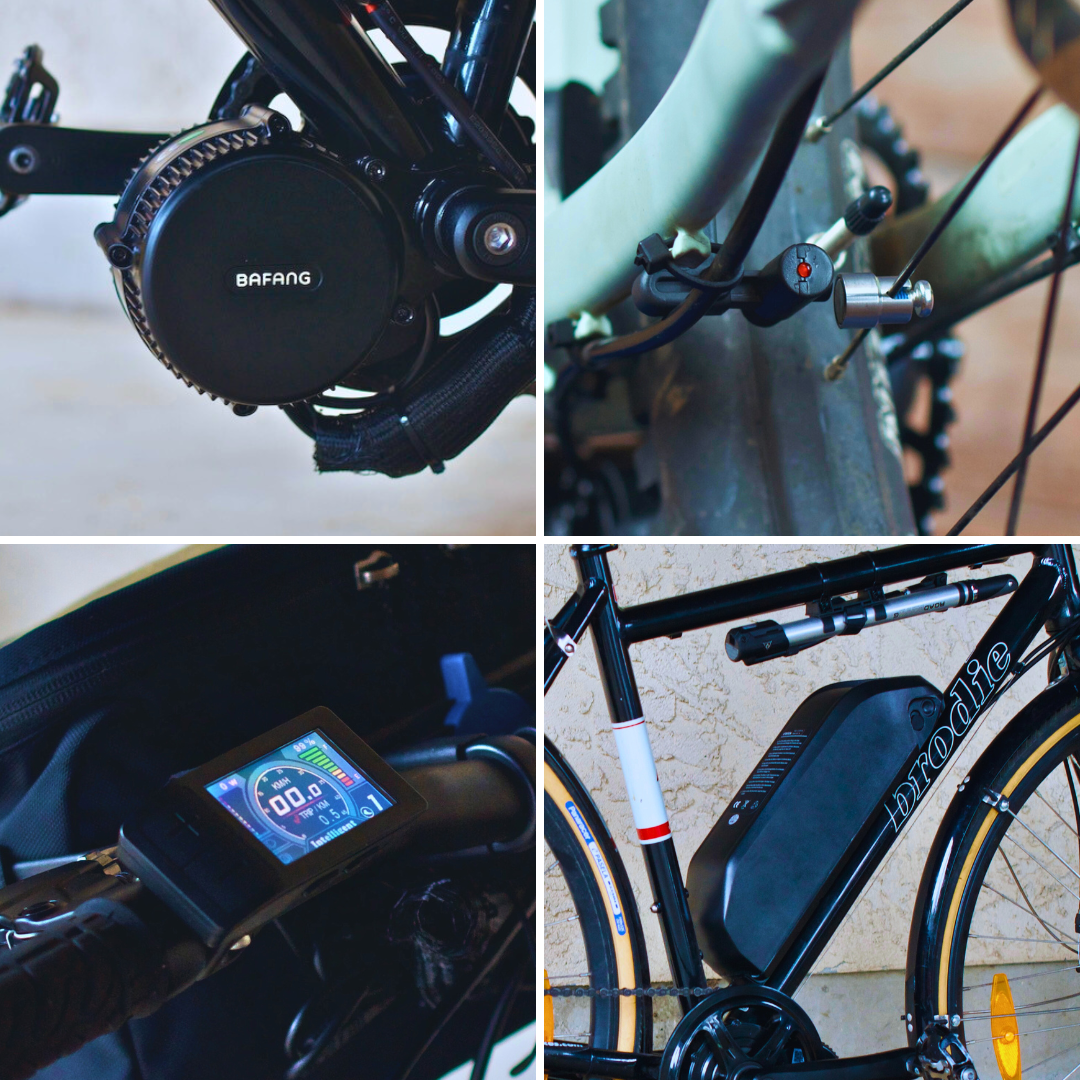
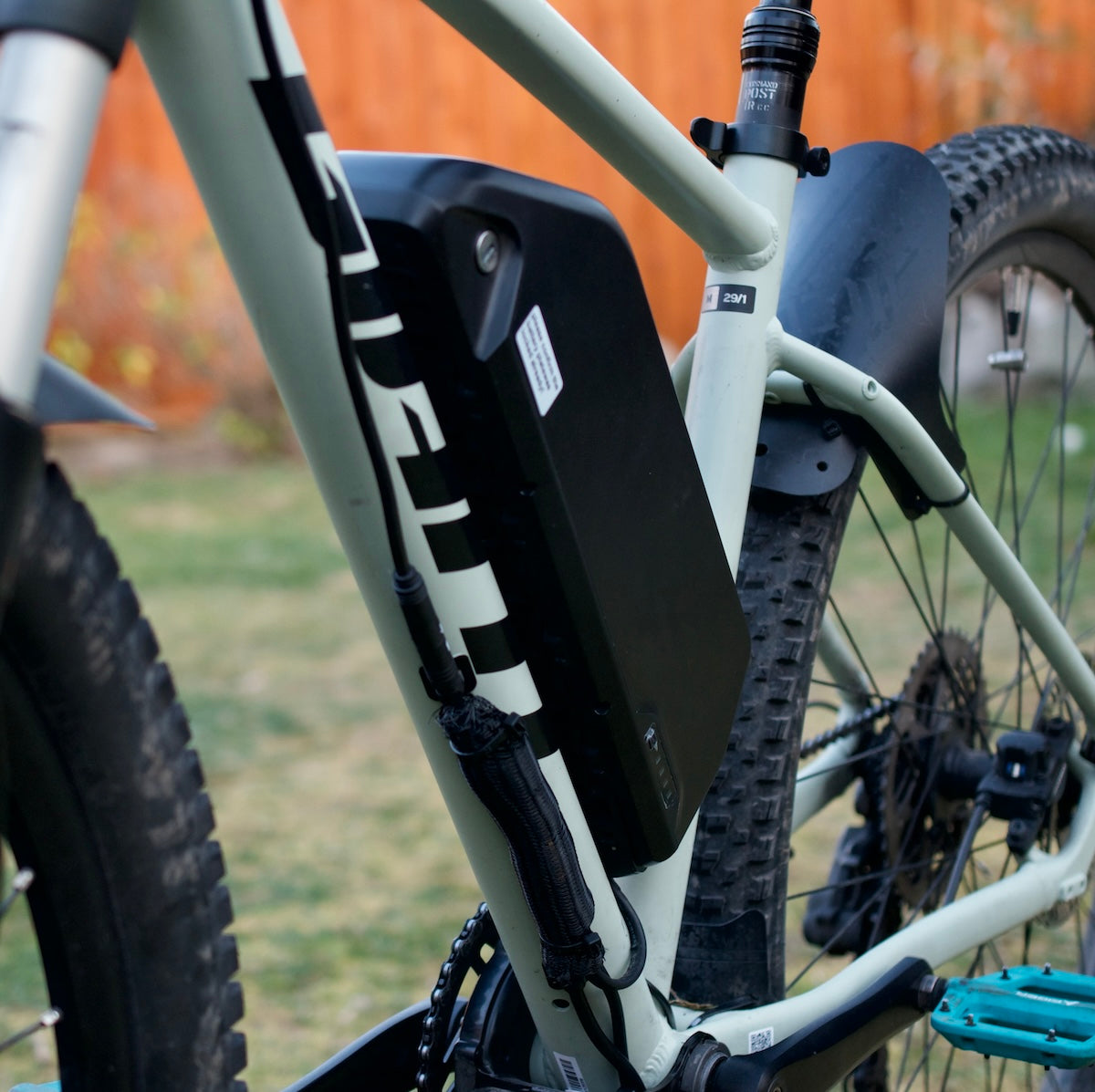
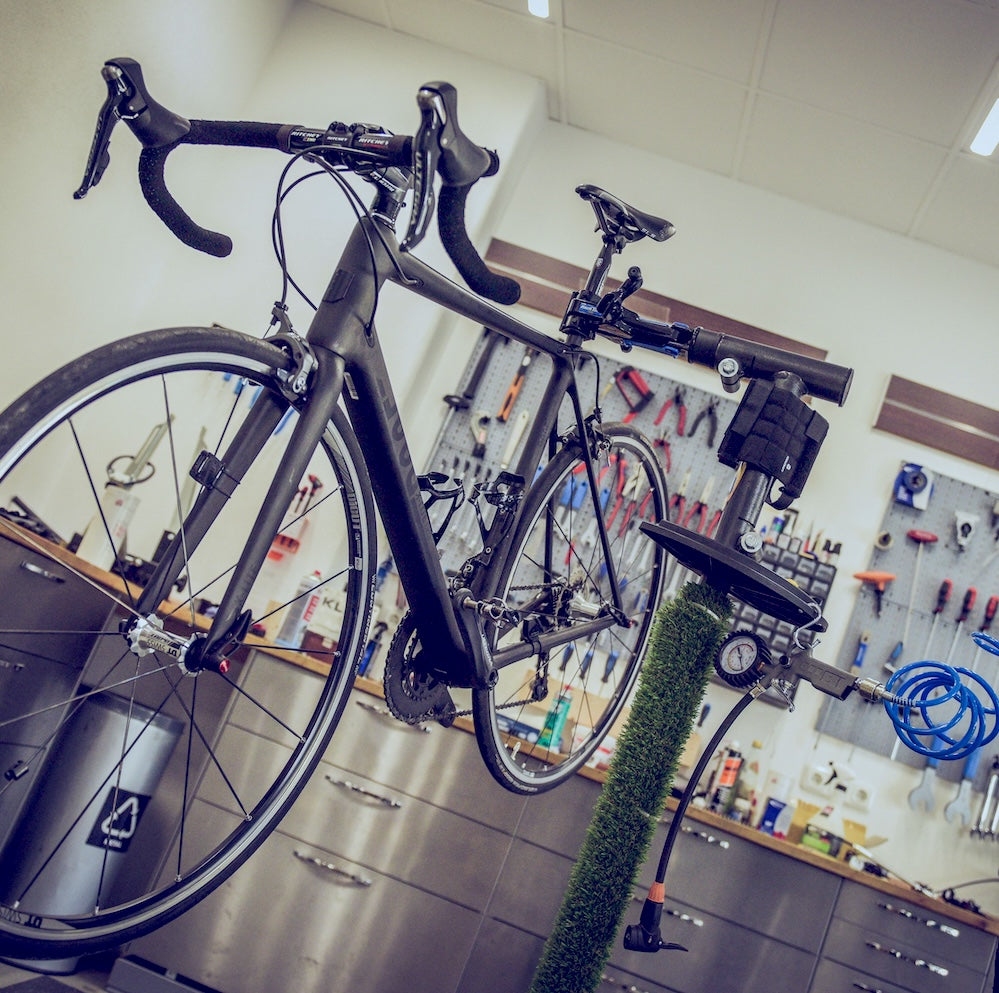

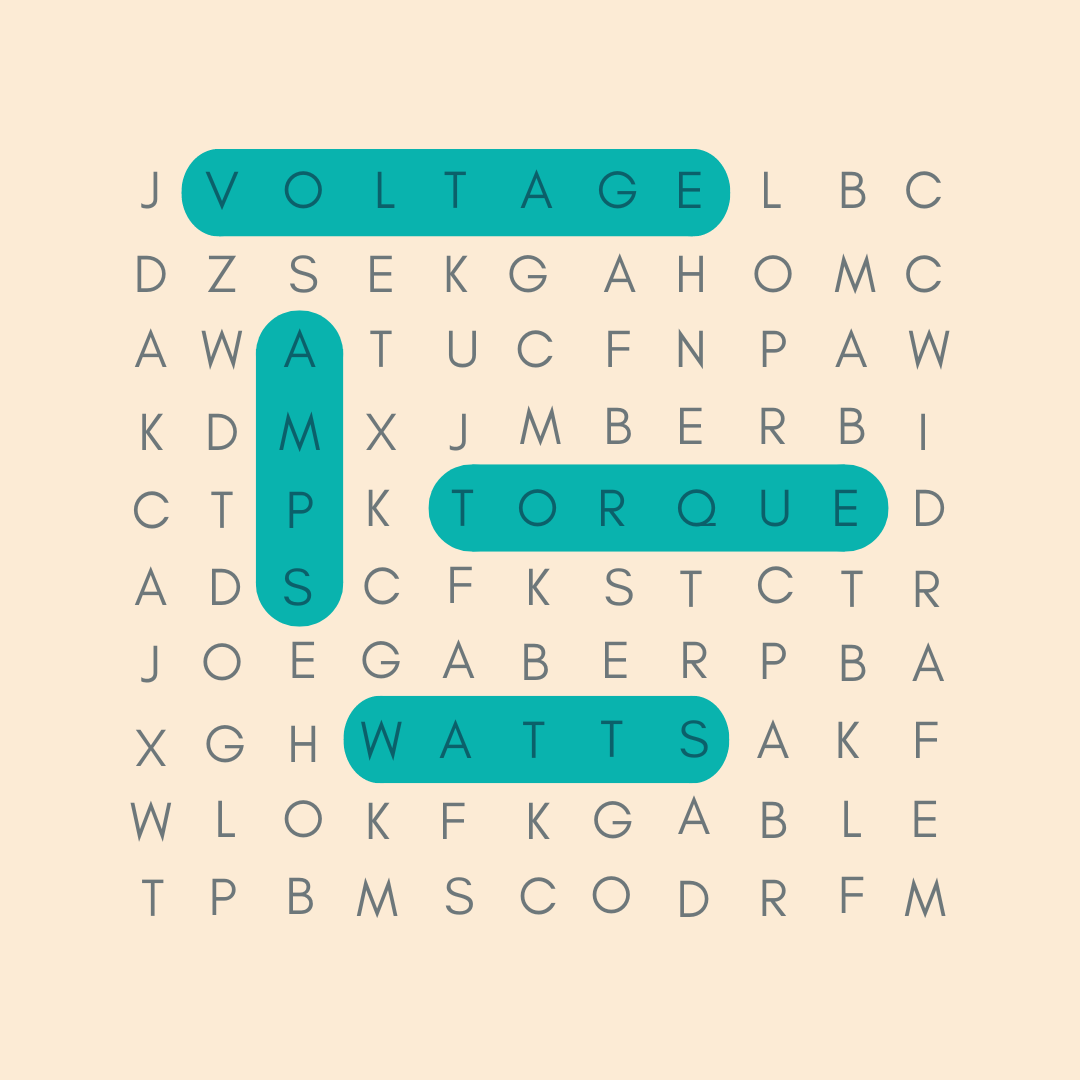
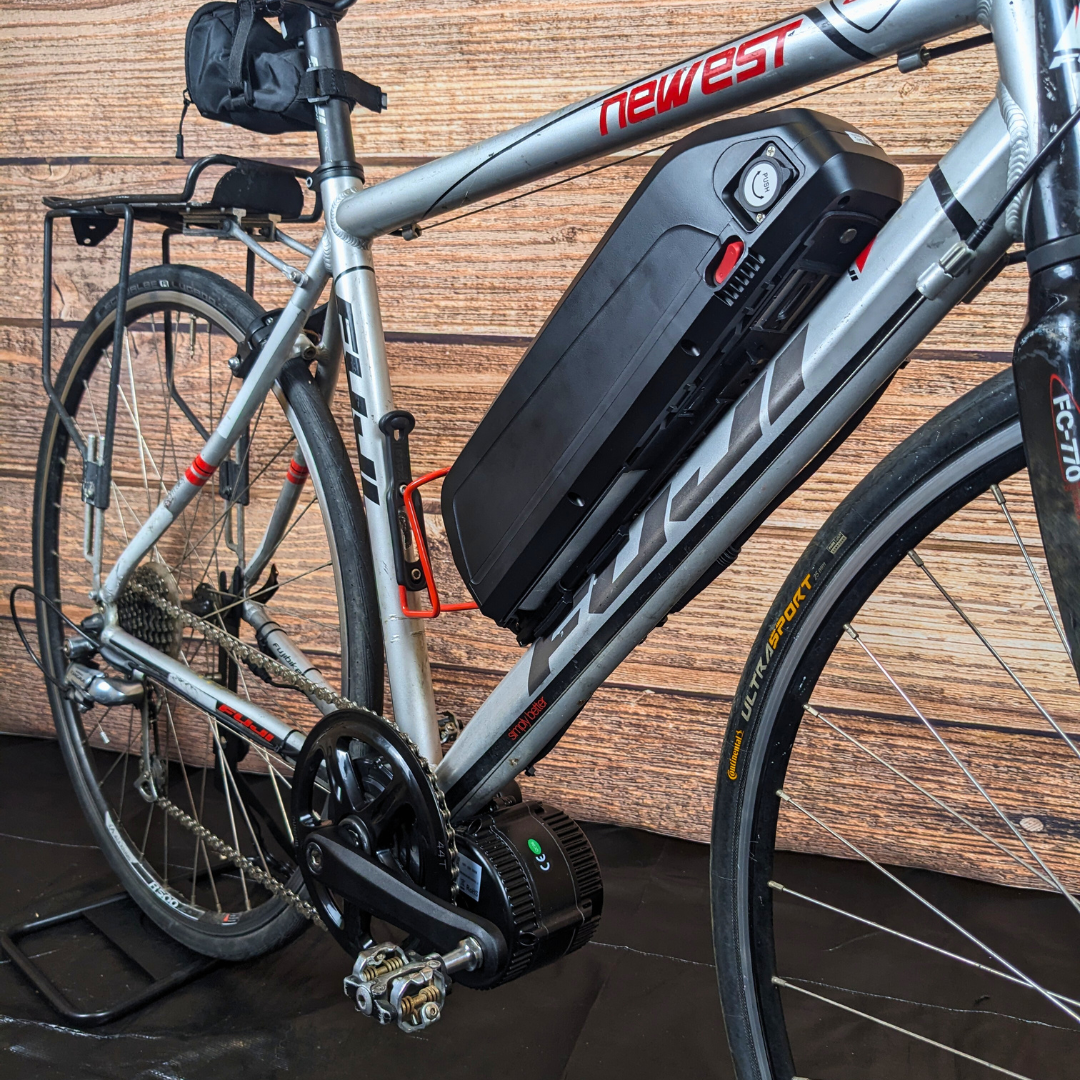
Leave a comment
All comments are moderated before being published.
This site is protected by reCAPTCHA and the Google Privacy Policy and Terms of Service apply.